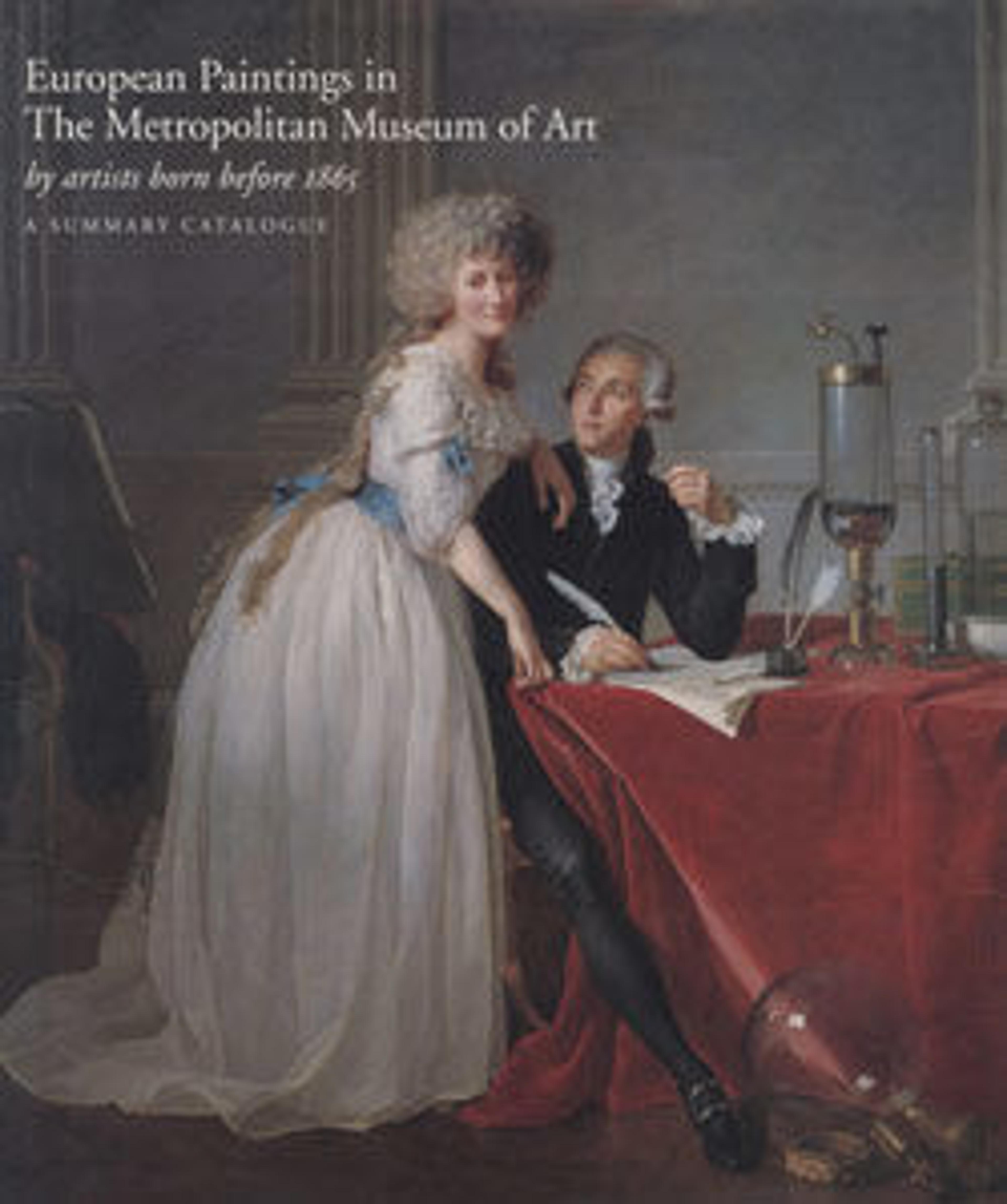Saint Lucy
This charming panel is probably from the framework of a large altarpiece. Its author was active in Ravenna, but both Francesco and his brother Bernardino were much influenced by the Ferrarese painter Erocole de' Roberti and the Bolognese painter Lorenzo Costa. This work dates to around 1500.
A native of Syracuse, Saint Lucy was martyred under the Roman emperor Diocletian in 303. She is much venerated and is traditionally prayed to for eye ailments.
A native of Syracuse, Saint Lucy was martyred under the Roman emperor Diocletian in 303. She is much venerated and is traditionally prayed to for eye ailments.
Artwork Details
- Title: Saint Lucy
- Artist: Francesco Zaganelli (Francesco di Bosio) (Italian, Romagnole, active by 1499–died 1532)
- Medium: Tempera and gold on wood
- Dimensions: 12 3/8 x 7 3/4 in. (31.4 x 19.7 cm)
- Classification: Paintings
- Credit Line: Theodore M. Davis Collection, Bequest of Theodore M. Davis, 1915
- Object Number: 30.95.292
- Curatorial Department: European Paintings
More Artwork
Research Resources
The Met provides unparalleled resources for research and welcomes an international community of students and scholars. The Met's Open Access API is where creators and researchers can connect to the The Met collection. Open Access data and public domain images are available for unrestricted commercial and noncommercial use without permission or fee.
To request images under copyright and other restrictions, please use this Image Request form.
Feedback
We continue to research and examine historical and cultural context for objects in The Met collection. If you have comments or questions about this object record, please contact us using the form below. The Museum looks forward to receiving your comments.
